About Me
I am a computer nerd/engineer hybrid. I love code, digital electronics, engineering, and music. As far as I'm concerned, all of those things are connected on many levels.
As far back as I can remember, there has been a desire to know how things work. I'm sure my parents had their share of frustrations when I would get my hands on something and dismantle it. Honestly it was years before I could put something back together such that it was working again. 😳
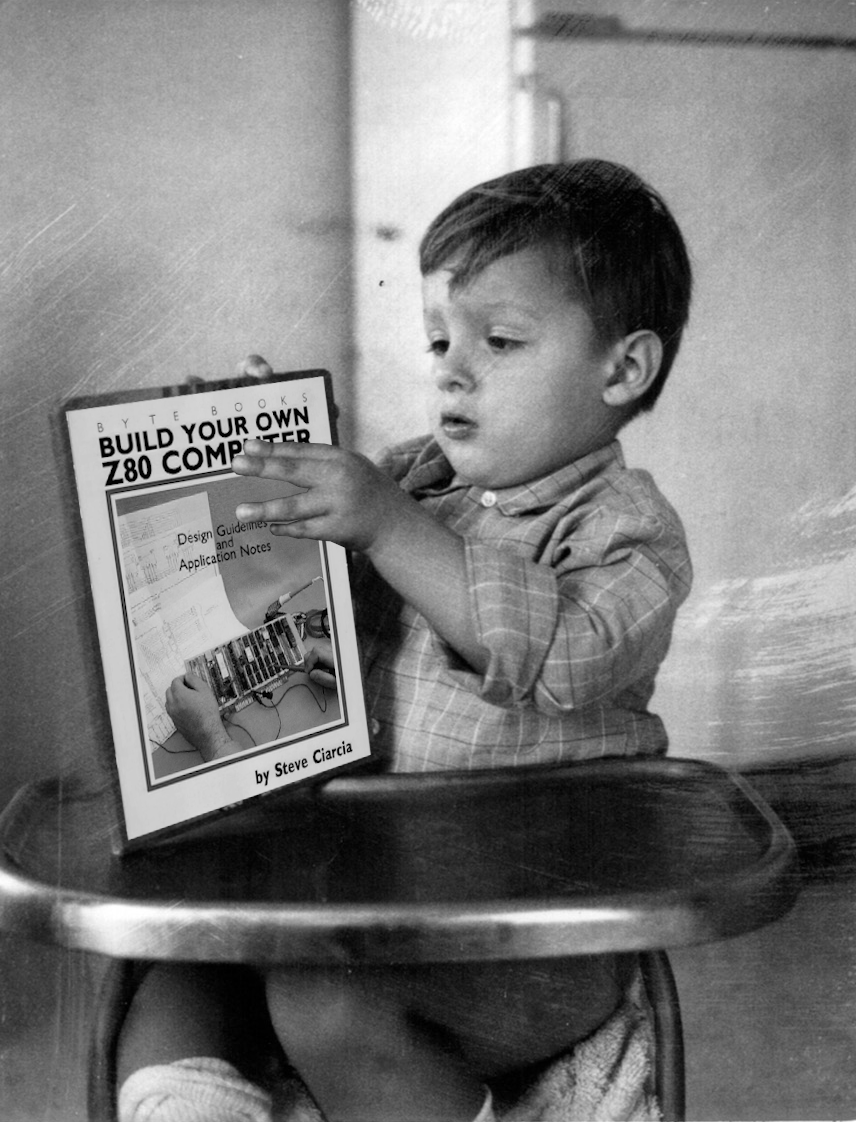
My father was a Marine Engineer, and encouraged my interests by teaching me how to solder, the proper use of hand tools, and the basics of electricity. I was nine or ten when I soldered my first Heathkit transistor radio, and it actually worked!
Space Wars
The year was 1979, and I was 12 years old when I inserted my first quarter into a "Space Wars" video arcade game, a commercial reproduction of Space War!, which was originally written on the DEC PDP-1 by Steve "Slug" Russell in 1962 while he was a student at MIT. Just before COVID, my brother and I were fortunate enough to meet Steve Russell and chat about coding on the PDP-1 during our second pilgrimage to the Computer History Museum in Mountain View, CA. The museum has a restored and fully functional PDP-1 running Space War among many other examples of computing history. I highly recommend everyone interested in computers to take the opportunity to visit the museum and plan a full day there.
Atari BASIC
Around the same time that I became fascinated with video games, my friend's father bought him an Atari 400 personal computer. It came with a BASIC (Beginners' All-purpose Symbolic Instruction Code) programming language cartridge. Soon we were learning the basics of BASIC, and how to program graphics on the Atari so we could make our own video games.
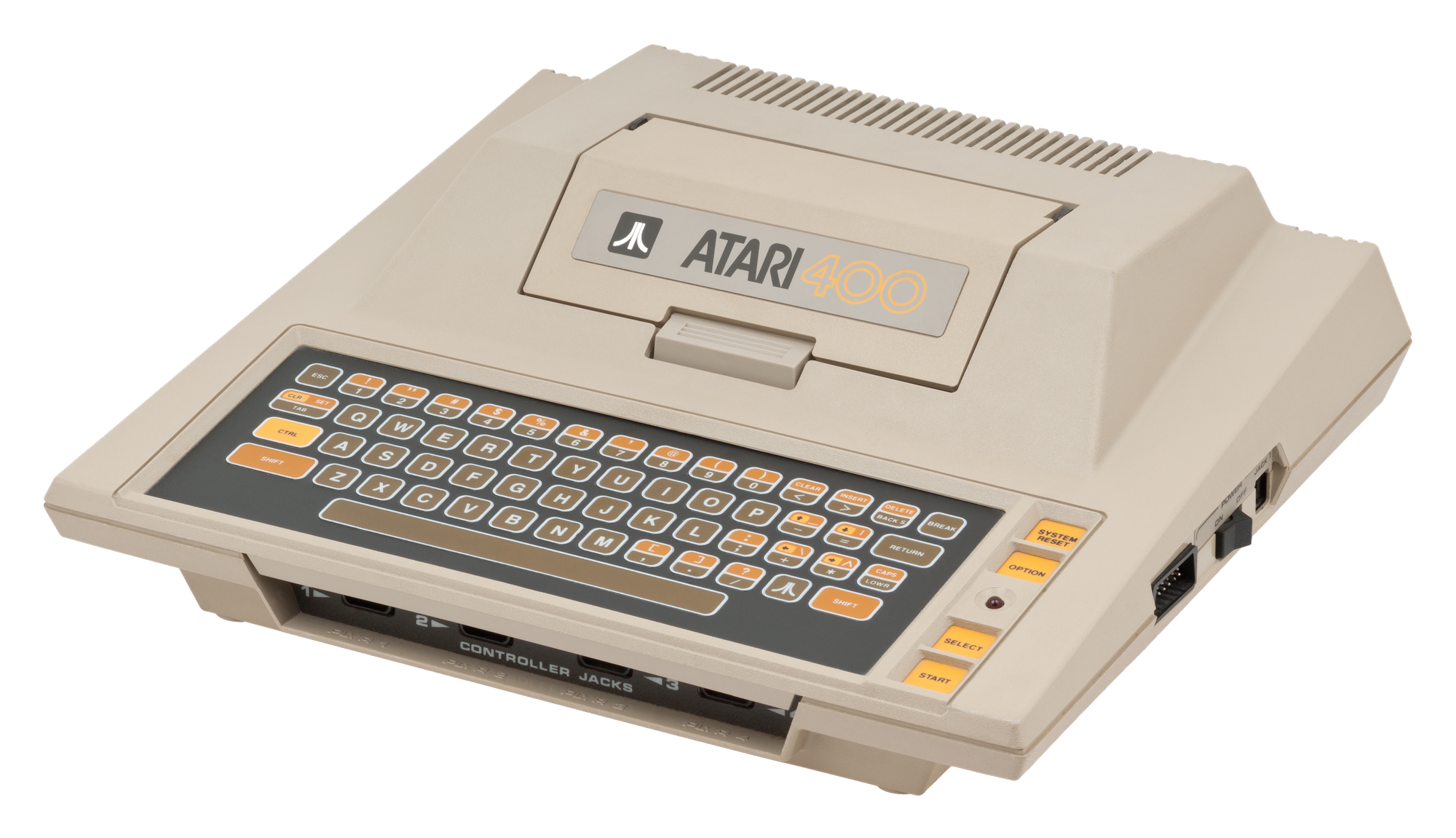
Later, my friend's father upgraded him to the Atari 800 with a 5¼” floppy drive which used the same BASIC cartridge. In March of 2021 I found an Atari 800 with a floppy drive and some joysticks on eBay and had to have it. I am currently running a multipart series of posts titled Atari 800.
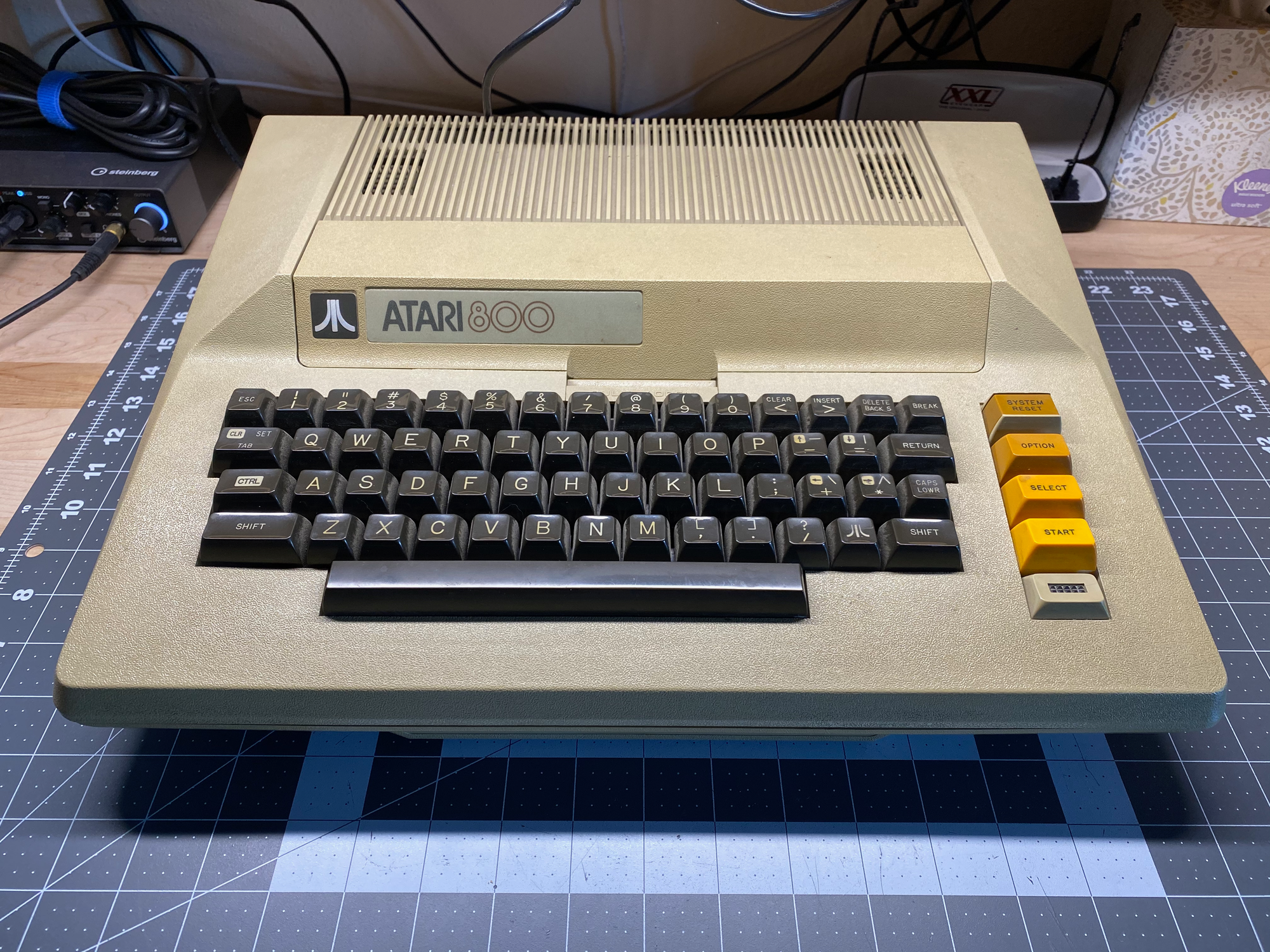
Radio Shack TRS-80 Computers
During those early years, I was obsessed with computers and programming. I would plink around on any computer I could get my hands on, even at the local Radio Shack where I practiced writing BASIC on their TRS-80's.
Back in January of 2020, while I was living on the central coast of California, and well after almost all Radio Shack retail stores were just a distant memory, the manager of a remaining Radio Shack informed me that he had a TRS-80 Model 4P (the "P" means Portable!!!) in really good condition for sale by an acquaintance of his, so I purchased it. It is interesting to me because it has a Z80 microprocessor, which is the same processor that was in my first computer. If there is any interest out there, I may write a few posts on the Model 4P.

My father's girlfriend programmed the main frame computers at Security Pacific bank in the COBOL programming language. She often worked weekends, and let me come along and program on a real IBM PC 5150 by her desk.
My Very First Computer
I cannot recall if it was my father or me who first saw an ad in either Popular Electronics, or Radio Electronics magazine for a Sinclair ZX81 kit computer. Heck, the ad for the kit may have been in Scientific American. The kit was inexpensive and you could solder all the parts yourself. The kits were on backorder, and my father ended up getting two prebuilt ZX81 computers, one for me and one for my brother.
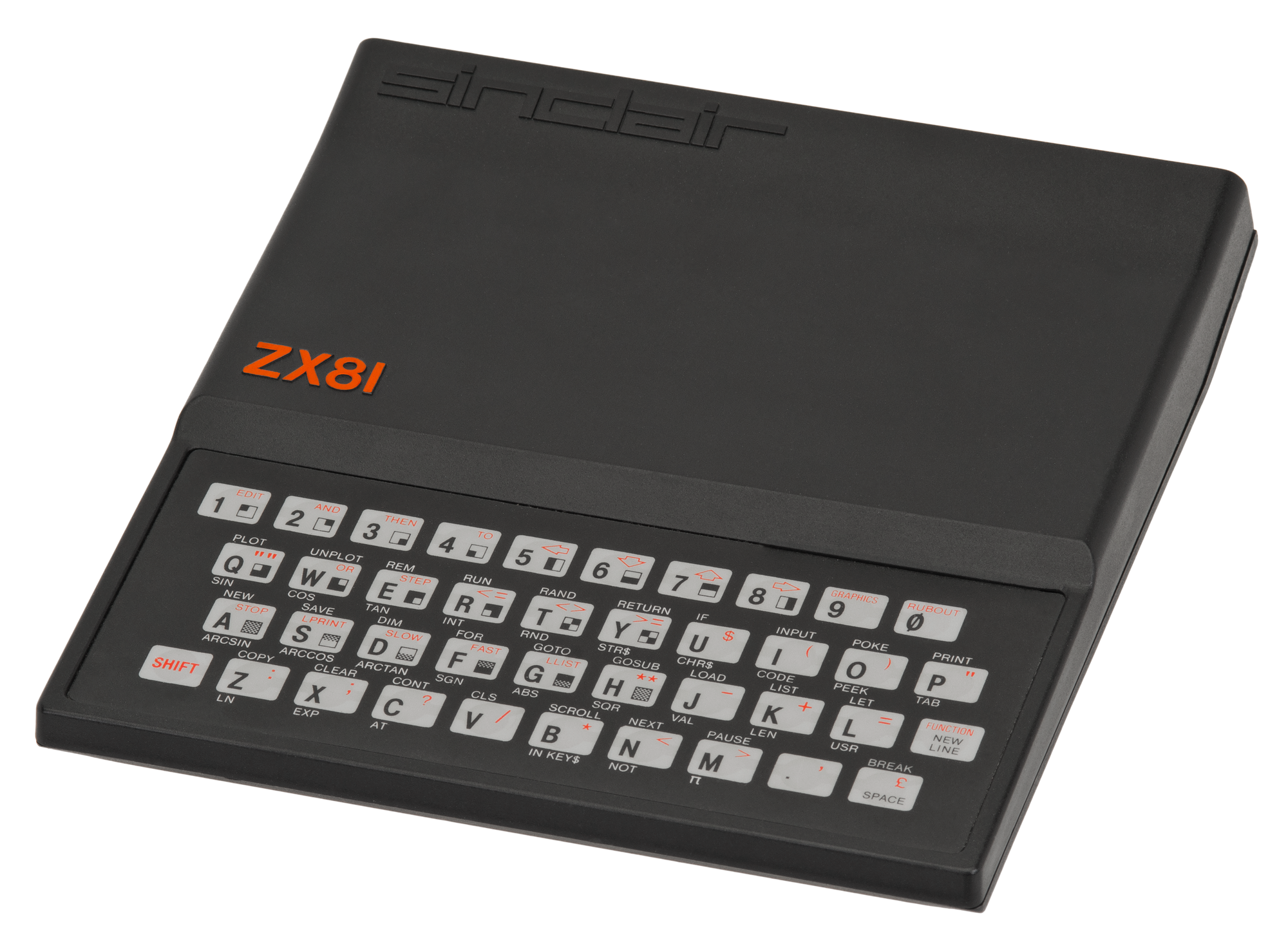
Like the Atari 400, it had a membrane keyboard, and you had to use an audio cassette recorder to store and load your programs, but it was monochrome black & white only - no color. My childhood best friend recently reminded me that when I first came down the street to his house all excited to show off my new ZX81, he and one of our friends were rolling on the floor laughing at the size of it.
In April of 2020 I found a dealer in New York, Zebra Systems, on eBay selling original ZX81 kits!!! So I bought one.
Note: Stewart, the dealer in New York, still has ZX81 kits and lots of other goodies for sale, but they are going fast! By the time that many may be reading this, they may already all be gone.

I haven't made up my mind whether I want to assemble it or not, there is something really cool about seeing it all unassembled. 🤓
In the meantime, I found a ZX81 and a TS-1000 along with a printer, a botched motherboard, and some power supplies for sale on eBay and bought them for me and my brother. I have several blog posts written about performing composite video mods, and making a custom mechanical keyboard for those computers.
My First Computer Programming Classes
I found out that my high school offered a Computer Science class. It was in that class in my high school that I learned FORTRAN (FORmula TRANslation) by bubbling in punch cards with a #2 pencil, which the instructor would later run through a card reader connected to the school district's mainframe, via modem.
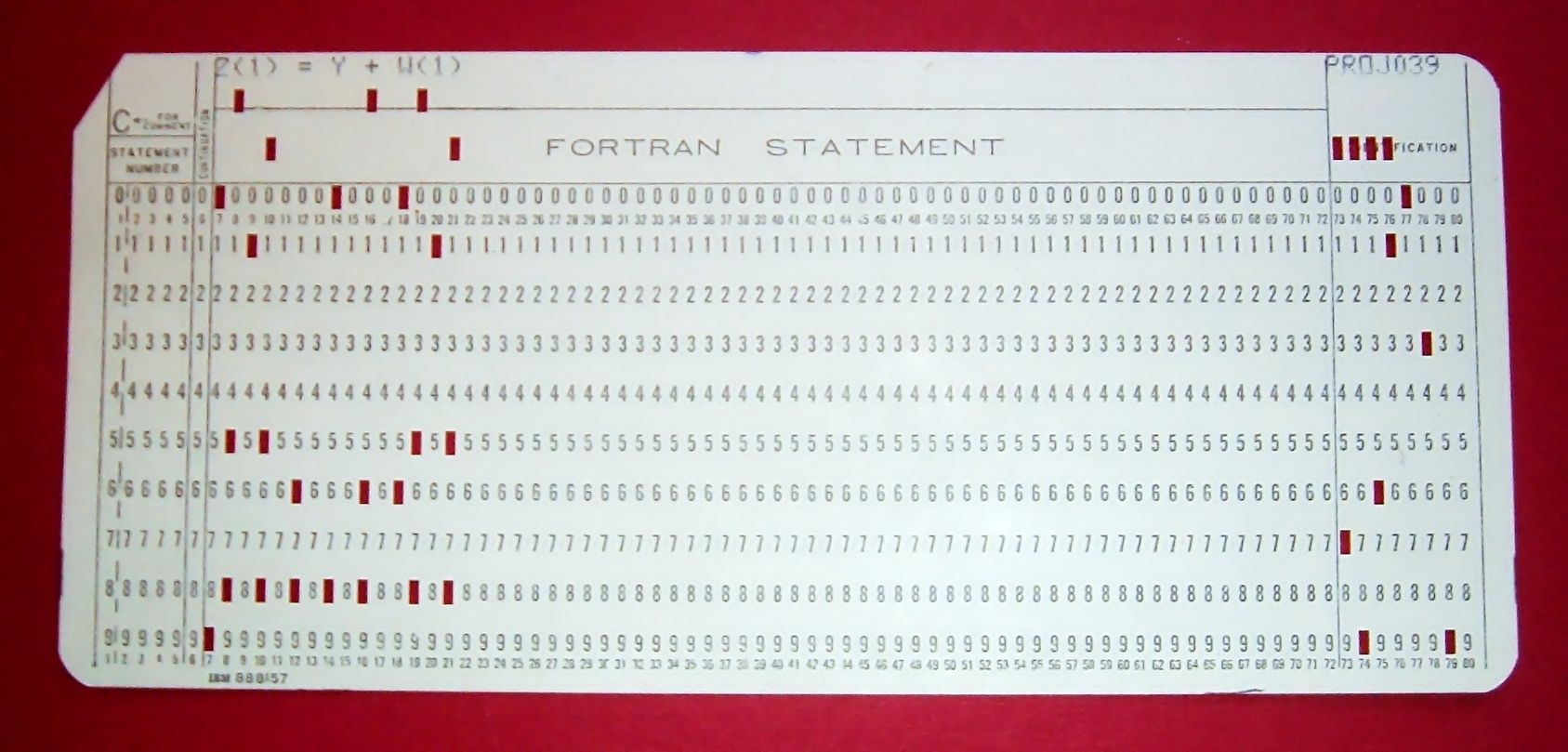
FORTRAN was around before BASIC, and I found that the two high level languages were extremely similar. Already being familiar with Atari BASIC, and the version of BASIC on the Tandy (Radio Shack) computers really helped me pick up FORTRAN quickly, and was also helpful for the second half of the course which was an introduction to BASIC by typing on a Western Union Teletype machine, also connected to the mainframe via modem.
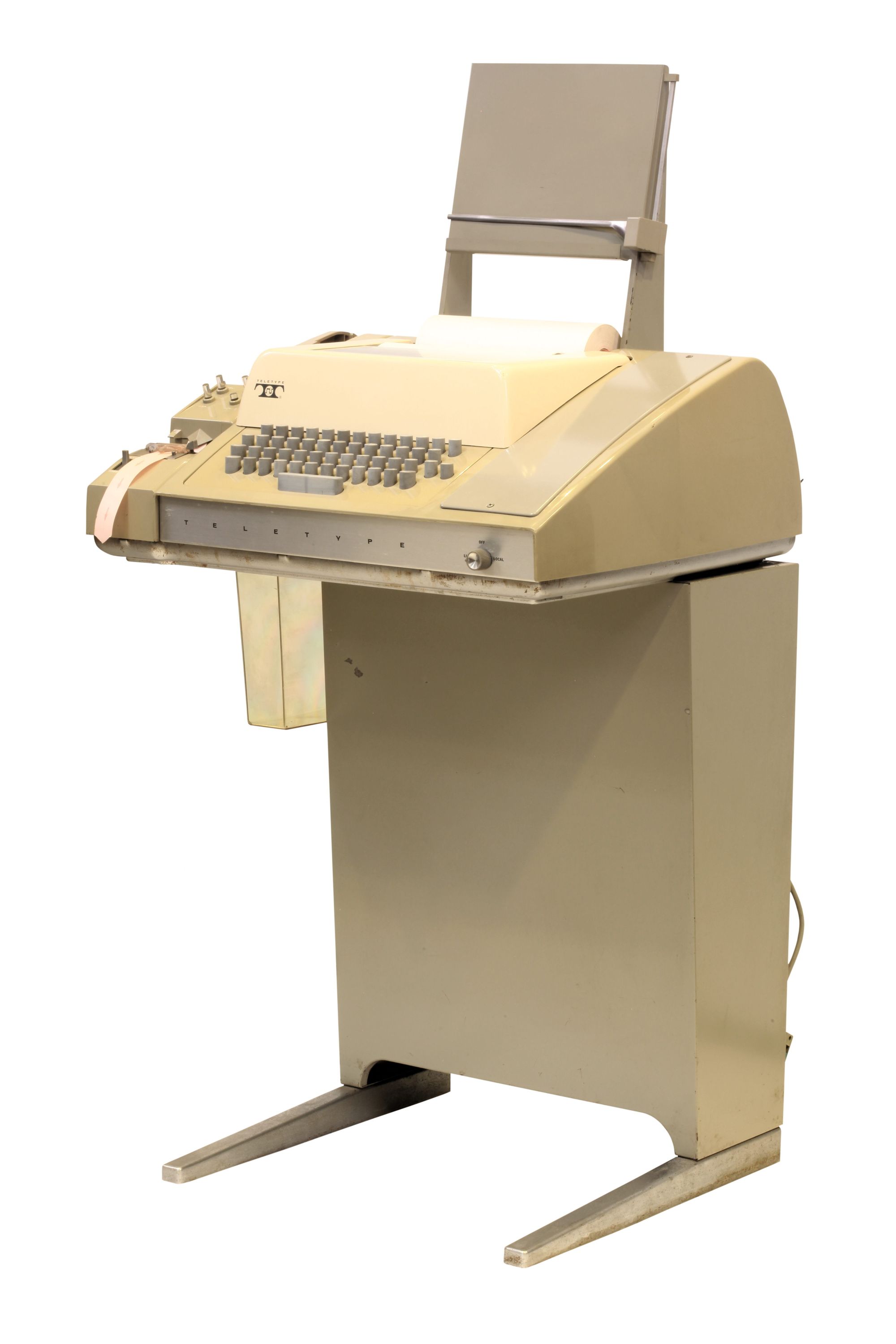
Looking back, programming like that was a great experience, but at the time I was extremely upset when the following semester, the school acquired a classroom full of Apple II computers with monitors, floppy drives, and printers.
Career Path Decisions & CMA
When I graduated from high school, I faced a difficult decision; whether to follow a career in computer science, or in marine engineering, like my father. Both were fun and interesting to me. I found out about CMA (California Maritime Academy) and took a tour of the campus. When I learned they had their own training ship, and offered a minor in Computer Science, I was sold! At CMA, I learned how to use Lotus 1-2-3, and DBase II, as well as programming in PASCAL.
The marine engineering program at CMA included a broad spectrum of subjects consisting of electricity, electronics, thermodynamics, calculus, statics, dynamics. We learned the theory of boilers, steam turbines, diesel engines, pumps, and valves, but we also worked on them, so also got hands on experience at the same time. We took classes in welding, in machine shop operating lathes and milling machines, as well as standing watches on campus and on the training ship. The really exceptional experiences were the three training cruises we took.
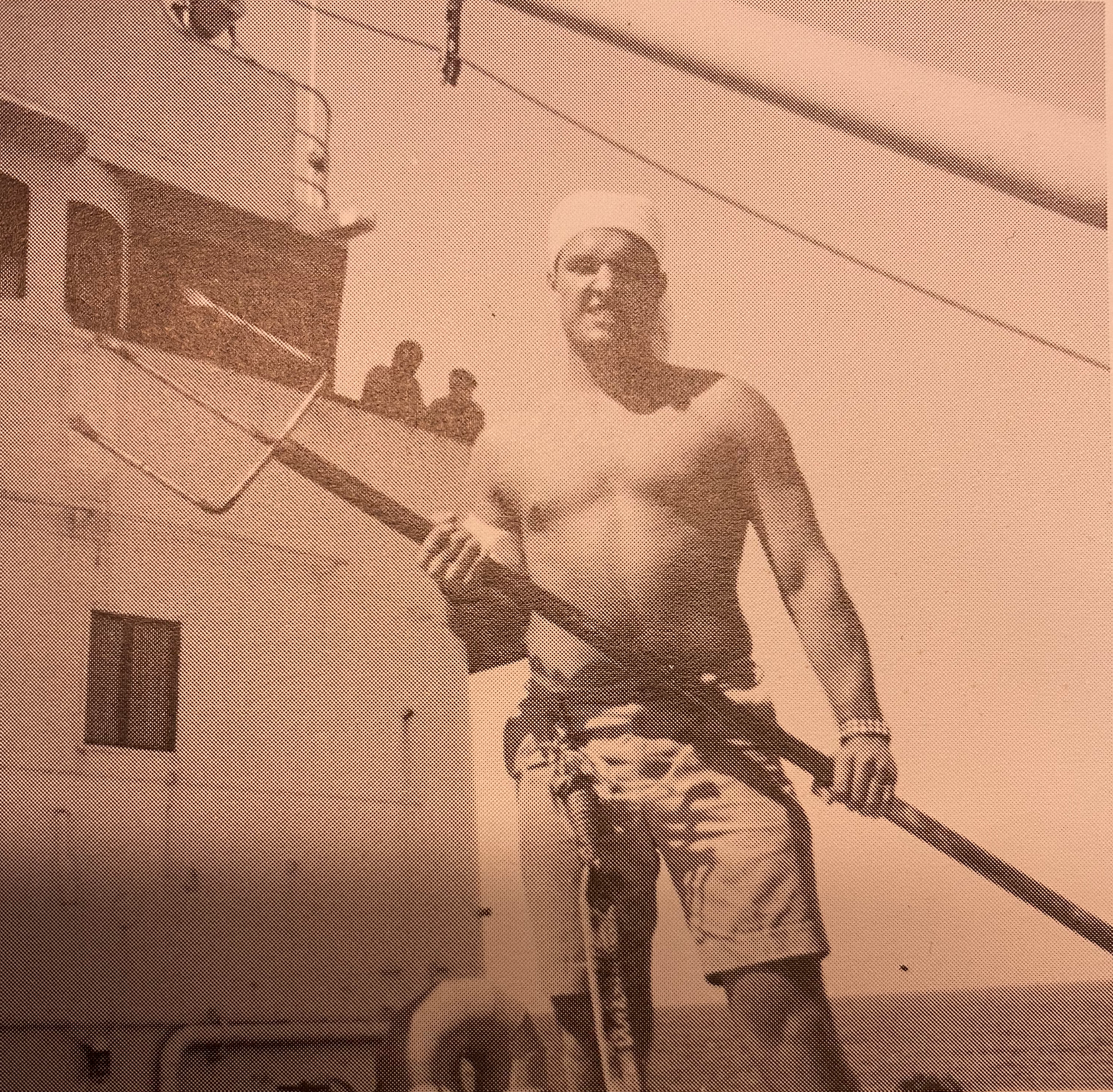
My very first experiences of machine language/microprocessor programming on a Heathkit ET-3400 Microprocessor Trainer also occurred at the California Maritime Academy. Back in February of 2021, I purchased an ET-3400 from someone on eBay. I hope to write some blog posts about the ET-3400 as well.
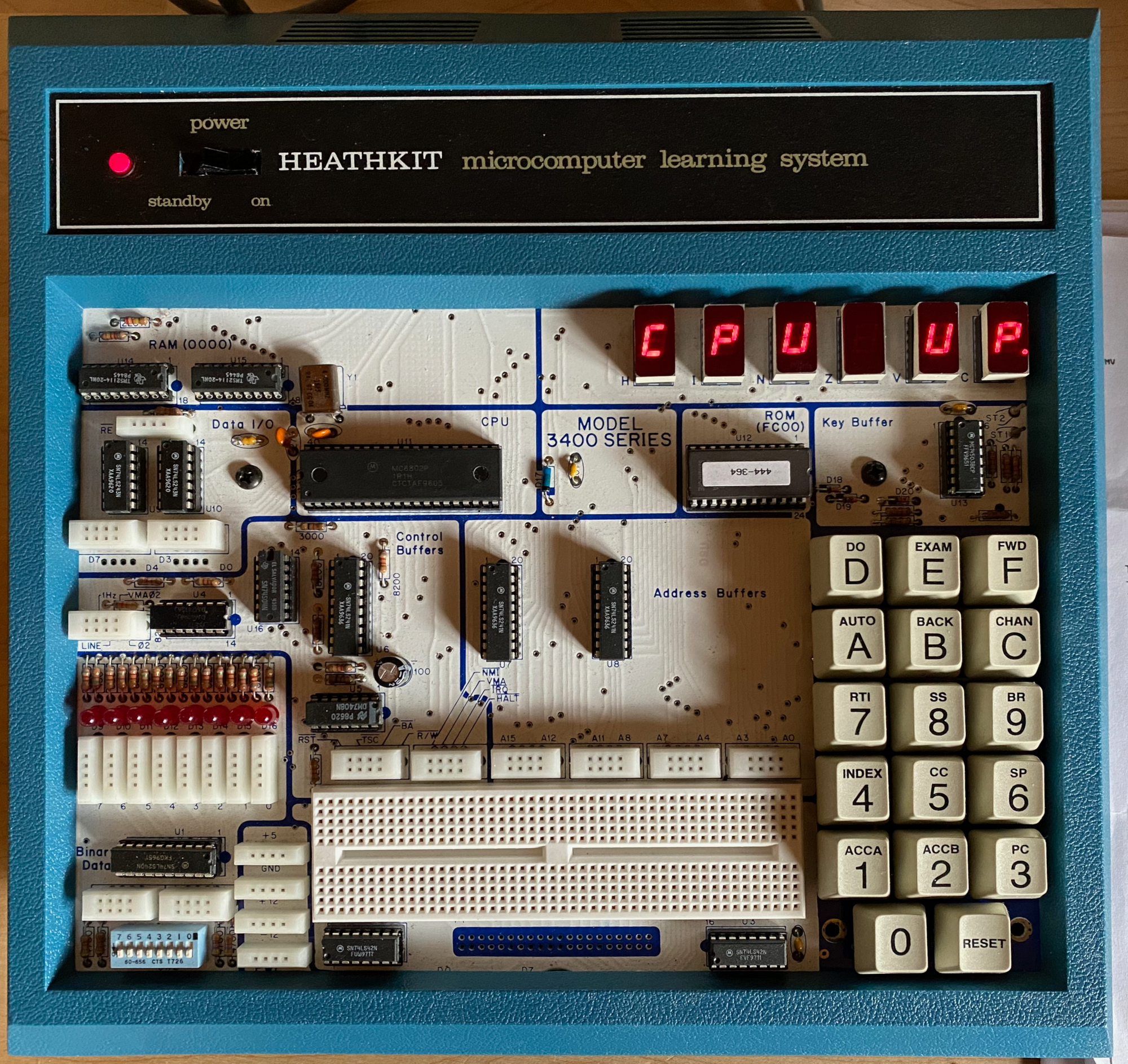
PASCAL very quickly replaced BASIC as my de-facto programming language. I spent much of my free time coding in PASCAL on the school’s computers, and one of my classmates had an IBM clone that I would play with as well. I quickly purchased my own copy of Borland PASCAL for DOS, and started writing my own CGA graphics editor called "Artista" just for fun. My final extra credit project for my Computer Science Minor was a Morse Code flashing light (semaphore) training program. I was asked to write it for the nautical department so that the Midshipmen taking the 3rd Mate License exam with the US Coast Guard could prepare for that part of the test. The program was a success and was used by the school for several years after I graduated. I even wrote a newer version in Borland PASCAL for Windows a few years later. While at CMA, I was honored by receiving the T.Y. Johnson Scholarship for Excellence in Computer Science.
My First Exposure To PLCs
On one of my summer vacations while at CMA, my father sent me to Hamburg, Germany for training at AEG (Allgemeine Elektricitäts-Gesellschaft). AEG translates to "General Electric Company" (no connection to the GE in the United States). My father's company, Eugen Schmied & Associates Consulting Engineers, Inc., was a service representative of AEG in the Port of Los Angeles for many years, and I spent many years working with him on large tankers, bulk cargo, and container ships.
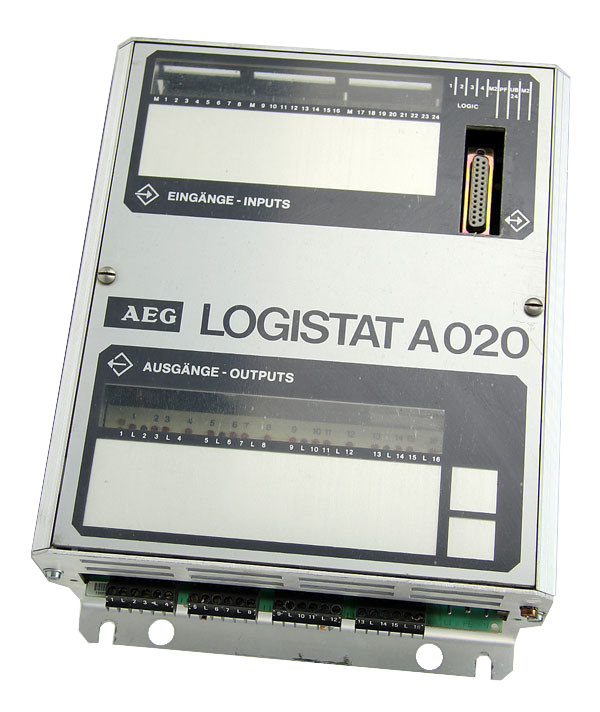
My training was on AEGs new PLC (Programmable Logic Controller), the LOGISTAT A020. I couldn't have been happier. I was now truly combining my love of computer science with engineering by using an IBM clone to program an industrial PLC via a serial connection, all while learning ladder logic. While I was in Germany getting this magnificent opportunity, I was staying in the home of some friends of my father's, and they had an Apple II+ that I could play with! In January of 2022, I purchased an Apple II+ from someone on eBay, and hope to write some blog posts about that computer as well.

I graduated from CMA with a Bachelors Degree in Marine Engineering Technology and a minor in Computer Science, and started working in my father's business. During the years in which I was focused on taking over the family business of Marine Engineering Service, I didn't spend much time coding due to crazy work schedules and lots of traveling. During that time, whenever I was doing anything remotely programming related, it was mostly small macros or utility programs written in Visual Basic for Microsoft Excel.
There was a good stretch of years from 1997 until about 2003 where my friends and I would go to the Computer Marketplace shows at the Pomona Fairplex to purchase components to build PC clones for ourselves and for friends and family. Going to "The Computer Show" was a blast! Having all of that selection of cases, motherboards, memory, hard disk drives, monitors, video cards, mice, keyboards, software, and books was a full "Nerd-gasm".
Self Employment & Web Development
In 2004, after several years of bouncing between my father's ship service company and a two other companies involved in ship to shore container crane maintenance, I decided to start my own business. At that time, it was already a thing for a companies business card to include a web URL in addition to the address, phone number, and fax number LOL. For my new business, I too wanted a web site, and of course I wanted to build my companies web site myself.
My very first attempt at designing & building a web page began with a web editing program made by Microsoft named Frontpage. Frontpage was an easy to use WYSIWYG editor like their flagship word processor, Word. You could drop in images, format text, make page templates, and it even helped you to created a simple navigation system to route visitors from your "home" page to your "about us" page. Parts of my very first web site are still visible on the "Way Back Machine" of the Internet Archive minus the images here. Clicking on the timeline at the top right of the Way Back Machine allows you to move between different snapshots through time.
I quickly got to a place where I wanted to have more options/control over the function and appearance of my web site, so I started buying books on HTML and CSS. My earliest experiences learning BASIC programming involved buying books on programming, and the local Barnes & Noble Bookstore had shelves of books on web development.
Web Application Development
Soon after learning how to write HTML and CSS I became aware of server side scripting with PHP, and it wasn't long until I learned to build web applications by combining PHP with a MySQL database. I began building an in-house web application inside of my web site to allow me to keep track of active customer jobs, and especially to keep track of time on various concurrent jobs for different customers. It is very nice to be able to take all of the time allocated to one customer job and then at the completion of a job generate a PDF timecard for generating the customer invoice as well as providing the customer with supporting documentation of what was done and when. The application has evolved over the years, but I still use it to this day for any work that is invoiced hourly, and that accounts for most of the services I provide for engineering and software development.
The first web application that I ever developed for a paying customer is a payroll program for a company that employs union mechanics to repair and maintain port cranes and other container terminal equipment. I finished that application in 2006 and they are still using it today.
Current Endeavors
I have developed several web applications for other companies since the payroll web application, and continue to add application features, integrations with other applications, and updates on a regular basis under Code Surfer, LLC.
I am a partner & co-developer in Synxite, LLC, where we are developing a web based crane inspection application that runs on smart phones, tablets, laptops, and desktop computers.
I still very much enjoy doing engineering work on generators/power plants, and on cranes with my engineering company ingoneering. I have provided customized technical training for some of my customer's employees, and I have also served in the capacity of an expert witness in crane accident cases representing both plaintiffs and defendants.
